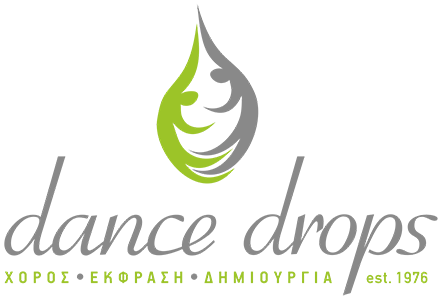A brief historical overview and what to expect from a session
Shiatsu means "finger pressure" in Japanese and is a complementary health treatment with roots in both Japanese and Chinese ancient healing traditions. All these arts were taught within the family and the community.
In the last century, Tokijuro Namikoshi introduced it to modern Japan, in the context of an integrated education, in a system he named Shiatsu. Namikoshi's style is based on intense pressure with the fingers on predetermined main points of the body, which are related to the anatomy and physiology of the musculoskeletal system.
A student of Namikoshi, Shizuto Masunaga, modified the healing "body map" used by Namikoshi to now include all the meridians used in traditional Chinese medicine. In this way, pressure with the fingers follows specific energy channels, corresponding to acupuncture. At first his own way also followed the method of intense pressure, but gradually it transformed into a quality of contact with more emphasis on energy characteristics and less on pressure. Thus he created the style called Zen Shiatsu.
Akinobu Kishi was Masunaga's best student, a Shiatsu master and later assistant and teacher at his school. He realized that the one who receives Shiatsu can and should be given the opportunity to have a more substantial role in activating the self-healing of his organism, with proper guidance. He called his system Seiki and it is the one in which the quality of contact is the most energetic. For thirty years he taught and practiced Seiki in Europe and Japan.
In Seiki, a resonance of energy is cultivated in a meditative atmosphere.

